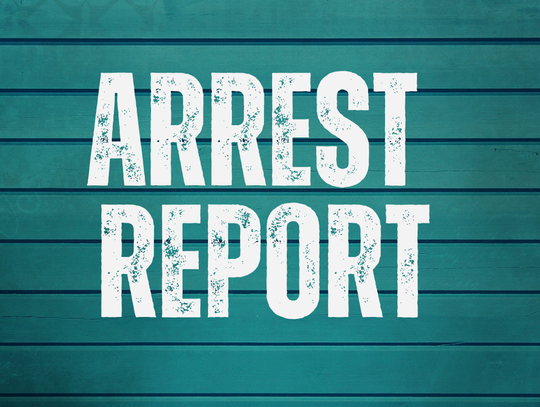You can demonstrate this resilience by answering these questions: What is your specific goal? What obstacle do you face in achieving this goal? How can you overcome this obstacle?
Here are some examples of how this resiliency process works:
· Goal: Building sufficient retirement funds
To build sufficient retirement income, you need to invest in the financial markets through your 401(k), IRA and other accounts. But how should you respond when these markets go through periods of volatility? Your best defense is to remain invested. If you were to jump out of the market every time it dropped, you’d probably miss out on the rebounds that followed. Also, over a period of decades, the effects of short-term market fluctuations tend to diminish, so while the results of any particular day or week may not look good on your investment statement, the importance of these results may diminish in 10 or 20 years.
· Goal: Maintaining steady cash flow
Keeping a steady cash flow is essential to meeting your daily and monthly expenses. So, it’s obviously important that you maintain sufficient earned income. But what happens if you encounter a serious illness or injury that keeps you from work for an extended period? Depending on the length of time you’re not working, you could feel a real financial pinch, so you may want to consider some type of disability insurance. Your employer may offer a short-term policy as an employee benefit, but it might not be sufficient, so you may need to look at private coverage.
· Goal: Keeping retirement accounts intact
Ideally, you’d like to leave your IRA, 401(k) and other accounts intact until you need to start tapping into them when you retire. But what if you face an unexpectedly large medical bill or you need to replace your furnace or get a new car? If you don’t have the money readily available, you might be forced to dip into your IRA and 401(k), incurring taxes and potential penalties and leaving yourself fewer resources for retirement. You can help avoid this setback by creating an emergency fund containing three to six months’ worth of living expenses, with the money kept in a liquid, low-risk account.
· Goal: Having confidence in your strategy
To achieve your important financial goals, you need a strategy – and you need to believe in it strongly enough to keep following it during all types of stress on the financial markets. It’s not always easy to maintain this conviction – less than half of Americans are confident in their abilities to recover quickly from difficult financial situations, according to a new survey from Edward Jones. One way to help gain this confidence is by working with a financial advisor.
In fact, 36 percent of those surveyed began working with a financial advisor in 2020 for help navigating the past year. The importance of receiving good advice became apparent during the COVID-19 pandemic, which brought about a variety of financial worries, such as job loss, retirement considerations, caregiving for elderly parents or providing financial support to adult children.
You will face some challenges on your journey toward achieving your financial objectives. But by being resilient, you can stay on the right road.
This article was written by Edward Jones for use by your local Edward Jones Financial Advisor. Edward Jones, Member SIPC








Comment
Comments